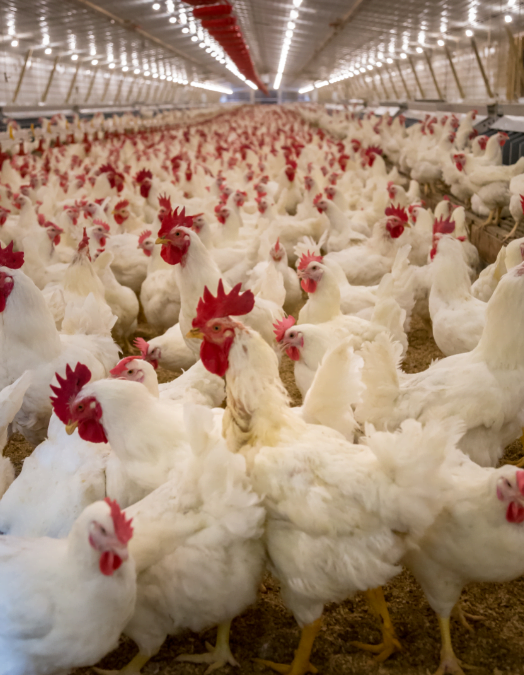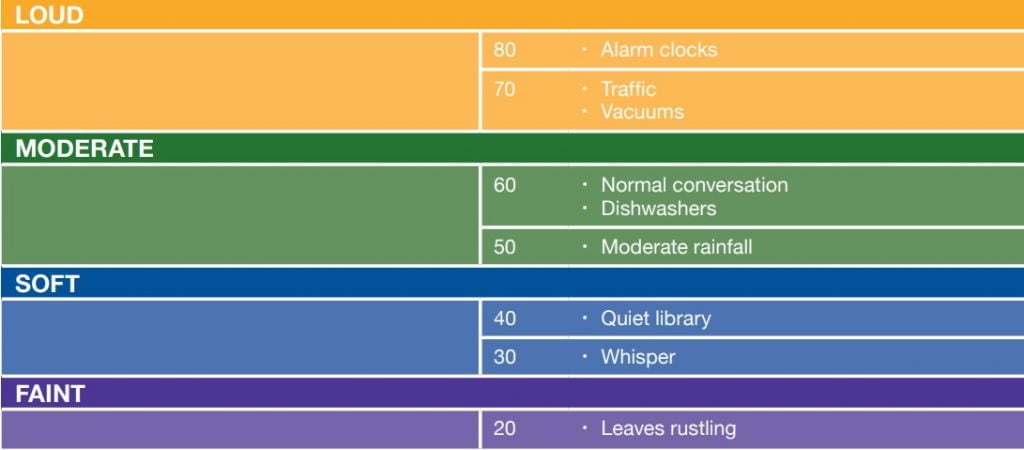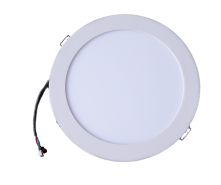Should You Put a Vent in a Shed?
The short answer in most cases is yes. The vast majority of sheds would benefit from a fan used to improve the shed’s ventilation because it helps control temperature, moisture, and fumes. Solar Whiz is a solar powered exhaust fan that is ideal for ventilating sheds. This article is all about solar roof ventilation for sheds and how you can get the most out of your system.
How Many Solar Vents Do I Need for My Shed?
This depends mostly on what’s happening in the shed and the layout. For sheds, we will need to calculate the volume of air that needs to be ventilated. Basically, this is the same as we do for commercial applications and then decide how many air changes are required. Generally, we would recommend no less than 6 air changes/hour.
Below are general recommendations for roof ventilation:
- The SW-AU-R-15 – Suitable for spaces up to 120m2
- The SW-AU-R-28 – Suitable for spaces up to 180m2
- The SW-AU-R-40 – Suitable for spaces up and above 250m2
- For spaces 750cbm (cubic metres) and above, a combination of model sizes (the SW-AU-C-155 and SW-AU-C-110) is an effective means of ventilation and cooling.
- For large spaces 2250 (cubic metres) and above, or those that need strong ventilation (chemicals or smoke inside); the SW-AU-C-155 is most appropriate. It is not only our most powerful unit but also the most powerful on the market!
It is important to keep in mind that shed ventilation needs will vary a lot between different buildings. A larger shed will need more units to achieve good shed ventilation than a small one. Additionally, a highly active shed with lots of working machinery is going to generate more fumes that need to be extracted compared to a shed that is used for storage. Ultimately, solar roof ventilation for sheds is going to look different for everyone.
Often, a combination of multiple smaller fans will be more effective than one large exhaust fan. We strongly encourage you to discuss your shed ventilation needs with us to get the most out of your installation. Our experience in the field, paired with our market-leading solar-powered exhaust fan shed is sure to deliver the best results possible.
Where Should I Put My Vents in my Shed?
Again, the location of the solar-powered exhaust fan will depend a lot on how the shed is laid out and used. A shed that is smaller and mostly used only for storage will probably only need one fan placed close to the middle of the ceiling.
A shed that is used as a workshop may need a fan located directly above the workstation to directly remove fumes and other pollutants from the area
In general, our solar-powered shed fans are installed on the ridge-line of the roof (if it is a pitched roof). It is also better to have them on the north-facing side of the building as this helps to maximise sun exposure. However, because Solar Whiz provides tilt frames it is not a problem if the unit has to be installed facing a different direction. The tilt frame or the remote mounting option enables you to choose the best-suited location on the roof – even if this is not the north-facing part of the roof.
Are Solar Vents for Sheds Noisy?
Image credits to Amazonaws.com.
Generally, our solar exhaust fans for shed are not noisy. We measure our units as listed below:
- The SW-AU-R-15 – <40 Decibels (dBA)
- The SW-AU-R-28 – <45 Decibels (dBA)
- The SW-AU-R-40 – <60 Decibels (dBA)
- The SW-AU-C-110 – <70 Decibels (dBA)
- The SW-AU-C-155 – <73 Decibels (dBA)
Decibels measure the intensity of sound (amplitude) instead of the frequency (Hertz). Healthy hearing sums up the main differences here.
A sound at 40 decibels is about the noisiness of a stream or a humming refrigerator. Our smallest solar fan is 40 decibels or like a quiet library sound. 70 decibels is about equivalent to a vacuum cleaning or hair dryer. Our largest and most powerful ventilator used in commercial applications is only this loud. For high-performing solar-powered shed ventilation fans, they are not very loud. Especially when you consider that these sounds will be on your roof, a good distance away from you.
If you want effective solar roof ventilation for your shed then we strongly encourage you to get in contact with us today. We are here to help!
Frequently Asked Questions
Do you need ventilation in a shed?
Ventilating your shed ensures optimum airflow, which is crucial for preventing mildew and fume accumulation from any chemicals you might store inside. If ventilation is too passive, mildew can accumulate and cause your shed’s walls to slowly decay, which you won’t realise until it’s too late.
Should a shed have a roof vent?
Even if you only use your shed for storage, it absolutely must have good ventilation. Your shed may develop mildew rot on the structure if it doesn’t have an effective ventilation system.
How do you ventilate a large shed?
Windows are a great addition to a shed since they allow for airflow, let light in, and enhance its aesthetic appeal. A solar roof vent or a solar roof fan are better options if you want more ventilation within your shed.
How do I stop moisture in my shed?
To avoid moisture buildup, your shed must have adequate air circulation. Installing windows and vents, which actively replace stuffy, wet air, will improve the ventilation in your shed. Solar roof vents can also aid to increase air flow and decrease moisture buildup.
Do whirlybirds work in sheds?
Installing multiple whirlybirds is one way to boost your shed’s cooling powers. However, whirlybirds rely on wind, therefore if there is no enough wind, they are ineffective. A solar-powered roof vent is always a better alternative to whirlybirds.





